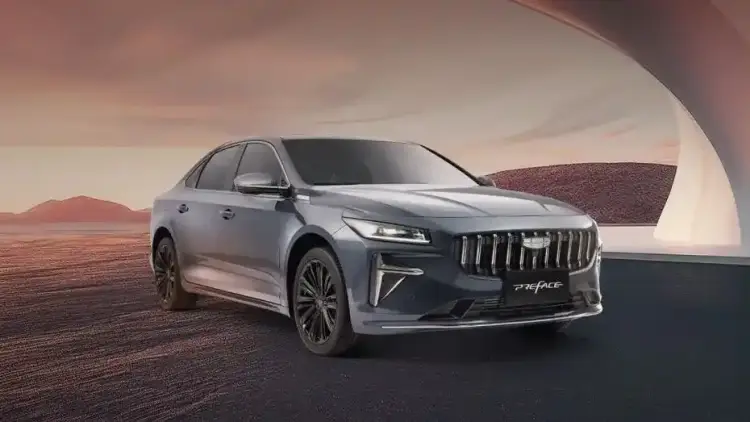- Key Highlights
- Notable Women of Dakar Rally, Saudi Arabia 2025
- A New Chapter in Saudi Motorsport
- How Women Are Competing—and Winning
- Technical and Cultural Shifts
- The Journey of the Pioneers
- What’s Next?
Once the exclusive arena of male adventurers, the Dakar Rally has, over the past few years, seen a quiet revolution on Saudi sand dunes—more women than ever before are racing, winning, and redrawing the boundaries of what’s possible in the world’s toughest rally. This article delves deep into how Saudi Arabia’s chapter of Dakar Rally is not only a stage for extreme motorsport, but also a symbol of women’s empowerment, technical prowess, and rising Middle Eastern ambition.

Key Highlights
The Dakar Rally has been held in Saudi Arabia since 2020, attracting a growing number of female competitors from across the globe each year.
In 2025, a record-setting lineup of women took to the dunes, with leading figures including Spain’s Cristina Gutiérrez, Dutch champion Puck Klaasen, Saudi Arabia’s own Dania Akeel, Morocco’s Souad Mouktadiri, Czech popstar/racer Olga Lounová, and many more.
Saudi racer Dania Akeel became a motorsport icon: the first Saudi woman to race and finish the Dakar, also clinching the 2024 Middle East Baja Cup overall and winning a stage at Dakar 2025.
The ‘Saudi Next Gen’ program brought local aspiring female racers and mechanics into the Dakar Rally spotlight, offering training to talents such as Merryhan Albaz and Nancy Al-Majali.
While women still make up less than 3% of all Dakar Rally entrants, their performance and presence in all classes—including cars, bikes, SSVs, and as co-drivers—are breaking ground year after year.

Notable Women of Dakar Rally, Saudi Arabia 2025

A New Chapter in Saudi Motorsport
In 2022, Dania Akeel’s name was etched into Dakar Rally history as the first Saudi woman ever to finish the race—a feat achieved on her very first attempt. In her own words: “Crossing that finish line was surreal. All the doubts, all the sacrifice, it all came together in that moment—not just for me, but for every girl who dreams of racing.” Her journey inspired other Saudi women, including Merryhan Albaz, who became the first Saudi female mechanic in Dakar’s training and mentoring ranks.

How Women Are Competing—and Winning
Dakar’s Saudi era has opened new doors, with women racing in all categories—from motorcycles (Laia Sanz) to side-by-side vehicles and classic classes.
Programs like ‘Saudi Next Gen’ actively promote female participation, coaching young Saudi racers and pairing them with experienced international co-drivers and coaches.
Female entrants are not mere participants; 2025 saw women take multiple stage wins, achieve top ten finishes, and set new national “firsts” for Saudi Arabia, Morocco, and the wider Gulf.

Technical and Cultural Shifts
Race regulations, local sporting organizations, and Dakar’s global partners have collectively encouraged Saudi inclusion—making the country a laboratory for gender progress in motorsport.
Factory teams and sponsors are now scouting for female drivers and mechanics from the Middle East, knowing the rally’s future will be shaped by rising female stars.
Cultural acceptance is growing: every year, local and international media devote more coverage to female competitors, amplifying their stories and achievements.

The Journey of the Pioneers
Merryhan Albaz, Saudi’s trailblazing female mechanic, described her Dakar journey not as an “arrival,” but a “beginning.” “When you’re the first to do something, you build the road for others,” she says. “Every wrench turned and corner conquered sends a message—that this sport welcomes every talent, regardless of gender.”
What’s Next?
With the success of initiatives like ‘Saudi Next Gen,’ expect to see more officially sponsored Saudi women at Dakar 2026 and beyond.
Dania Akeel has stated her ambition not just to finish, but to fight for overall podiums, while other Saudi and Arab women eye entry lists for both national and global rally events.
The Dakar desert will soon thunder with even more female talent—each year, a few more barriers are left behind in the sand.












